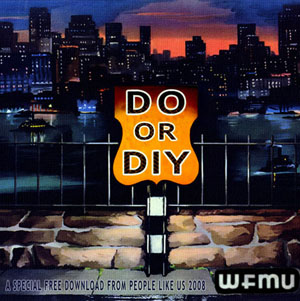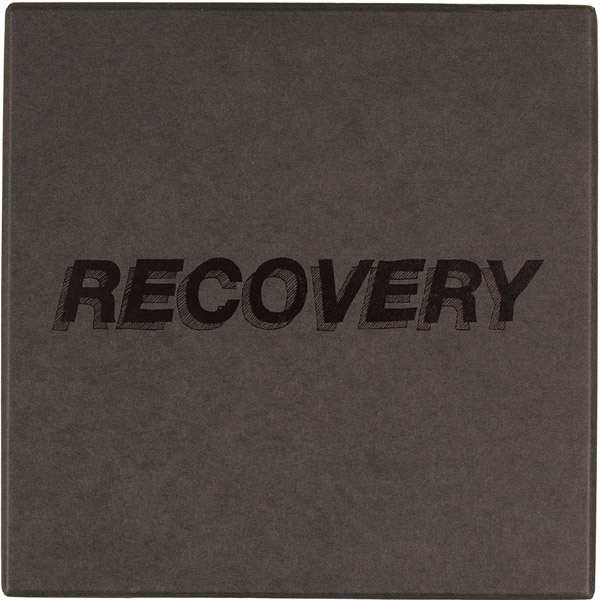http://www.guardian.co.uk/culture/2008/aug/11/radio.digitaltvradio
Mention in the Guardian (UK) – Click That Dial! (August 11 2008)
TouchRadio
Touch, an independent arts organisation that turned 25 last year, is home to artists such as Christian Fennesz, Biosphere and Chris Watson. Touch Radio features challenging and entertaining material, including field recordings, interviews and live performances. There are audio diaries from Chris Watson, where he illuminates his work as a wildlife sound recordist in the Galapagos Islands, taking in the Alcedo volcano. If you are truly tired of words by this stage, you will find an antidote in Touch 10: The Bits In Between by Vicki Bennett, whose own show on WFMU, a glorious mashup (peoplelikeus.org), will leave you in a spin. touchradio.org.uk
Pascal Wyse
WFMU-FM 91.1 FM
Home to an acclaimed country and western show hosted by singer Laura Cantrell, WFMU describes its output thus: "Rock’n’roll, 78rpm records, jazz, psychedelia, hip-hop, hand-cranked wax cylinders, punk rock, gospel, exotica, R&B." And, if that’s not enough, there’s "Andrew Lloyd Webber soundtracks in languages other than English".
Alexis Petridis



